Review: Cre8audio West Pest semimodular analogue West-Coast monosynth
Cre8audio’s second desktop synth is the West Pest, a strange and dynamic machine of Buchla-esque bongs and wave folded harmonics. Does it scratch your itch for something a bit different?
Welcome to the Cre8audio West Pest, the counterpart to the East Beast with which it shares many things except the fundamentals of sound generation. Where the East Beast was all about the East-Coast vibe of subtractive synthesis, VCAs and filters, the West Pest embraces the more esoteric West-Coast vibes of wave folding and dynamics. It’s the Moog style versus the Buchla style of synthesis and most people happily mix them together with abandon. But in naming it the West Pest it gives us a clue as to what we’re about to encounter, although, the word “Pest” was just there for the fun of rhyming.
So, what can the West Pest bring to your table of synths that the East Beast could not? What sounds can you expect, what fun can be had and what adventures will we find?
Cre8audio West Pest Specs
But first, the facts. Cre8audio West Pest is a monophonic analogue semi-modular synthesizer designed in collaboration with Pittsburgh Modular. It can sit proudly on your desk in a plastic case or you can transplant it into your Eurorack. It has MIDI In/Out, a bunch of patch points, a sequencer/arpeggiator and a one-octave button keyboard. The front panel is not quite as garish as the East Beast, instead going with a waspy vibe with yellow, black and white colours and a strange bug creature representing the Pest.
The West Coast style synthesis consists of a single oscillator with sine, triangle and sawtooth waveforms that runs into the Waveform Contour that wave folds with an alarming amount of resonance that plays with the edges. From here it’s given over to the Dynamics Controller that gives the sound of Buchla style bings and bongs. There’s a single LFO that is routed by default to the oscillator FM input, wave folding and dynamics release. There’s also Glide and a Volume control.
Lastly, there’s a digital multi-function modulation feature which can provide a choice between MIDI control, another LFO, randomisation and an envelope.
I’ve had West Pest bleeping and squelching on my desk for a couple of weeks now and I can truthfully say that it’s a bit different. I’m very familiar with subtractive synthesis. The East Beast was instantly intuitive, satisfying and I can’t say enough about the buttery filter. The West Pest is more of an adventure. The controls are much less familiar. The knobs don’t always do what the label suggests because they think differently on the West coast. Let’s get into the details.
Waveform Contour
Where the East Beast focused on the filter and envelope combination for most of the sound-shaping the West Pest focuses on the Waveform Contour and Dynamics Controller. There are no similarities between the two synthesis methods. With one, you are carving down harmonics, boosting frequencies and moving over time and in the other, you are bending in more harmonic content and then releasing it boldly into the wild.
The Waveform Contour section begins with the big white knob of folding. If you consider the smoothness of a sine wave and then fold the top half of the positive peak back down on itself you would find some sharp spikes on the edge of that fold. Those edges add rich harmonic content to what was a very simple waveform. As you turn the massive white Fold knob you encounter 6 stages of folding. The effect is very intriguing, it has elements of pulse width modulation, filters being opened, oscillator sync and perhaps even morphing wavetables while the waveform is being bent into unexpected things.
The oscillator that feeds the wave folder is the same as the one from the East Beast. It’s a mature VCO that Pittsburgh Modular has been tinkering with for years. You may notice the lack of a square or pulse waveform. This is because square waves don’t fold, they just become smaller square waves. But the Waveform Contour does a fine job of folding sine, triangle and sawtooth waves with differing effects. There is a marked difference in level between the initial waveform and the sound generated as you turn the knob. I wonder if that’s just a perception.
The folding can be modulated via the Fold Mod knob and comes straight from the LFO. The patch bay offers an alternative modulation route for anything you want to plug into it.
You are currently viewing a placeholder content from YouTube. To access the actual content, click the button below. Please note that doing so will share data with third-party providers.
The Resonance knob
I’m not entirely sure where the Resonance knob is supposed to sit. In some ways, it highlights the blurred nature of this synthesizer where everything seems to affect everything else in subtle and unsubtle ways. In the manual Resonance is part of the Dynamics Controller, but on the synth front panel it sits firmly next to the Fold knob in the Waveform Contour section.
Anyway, what Resonance does is boost the peaks of the waveform, exaggerating the effect of the folding and potentially overloading the input to the Dynamics Controller. So, I guess, it does live in both camps. It definitely brings in a nice waspy edge to things. What I’m finding is that there’s an interplay between Fold and Resonance which then combines with Sustain and Release to give you things four knob approach to sound manipulation. So, let’s get into the dynamics.
Dynamics Controller
This is another favourite circuit of Pittsburgh Modular: A unique approach to the lowpass gate (LPG). The LPG is one of the things that gives Buchla synths their distinctive sound. It uses a vactrol to open a gate with an LED tied to a light-dependent resistor. The gate closes as the LED dims giving it a very natural decay. The result is percussive, organic and blippy, with a strong attack followed by the natural-sounding decay. The downside is that the sounds can be short and also vactrols are prone to quirks and arguably a little bit too much individuality.
Pittsburgh set about creating their own version of the LPG but one in which you could have control over an amount of release without losing the organic feel. It actually uses a combination of a filter and VCA which produces a nicely variable release for a more sustained and controllable sound. The Sustain knob doesn’t really do what you expect. It seems to fatten and saturate the waveforms, pushing them to be squarer and edgier.
So, the Cre8audio West Pest is totally capable of those short bleepy Buchla sounds but it can also produce lovely sustained, plucked and struck type sounds that are much less common. It’s interesting how there’s no attack control like you’d have in subtractive synthesis. All the sounds are on the front foot, they slap, sting and ping you with every trigger.
Sequencing Arpeggiator
The sequencing engine comes from the East Beast and is deliciously simple and entertaining. In sequencer mode, it just starts playing whatever note you press. As you play more notes they are added to the looping sequence up to 32 notes in total. You can enter rests to chop it up a bit but otherwise, it just keeps going. The arpeggiator sort of folds into the same experience. You can change modes while the sequence is playing and then hold some notes and it will become an arpeggiation without skipping a beat. Swap back to sequence mode and you can add more notes to what was the arpeggiation. It’s brilliant and very playable even on the slightly crappy plastic button keyboard.
The sequencer does have a superpower. There are regular features like octaves, gate length and randomisation, but it’s the Generate button that’s really fascinating. There’s a lot of detail about what it does in the manual but essentially it does a bit of algorithmic maths to your notes and comes up with something similar but different. And it will keep on going, finding new paths, new ideas until you tell it to stop. It’s really good.
Randomisation
This feeds into a bit of a theme of randomisation that runs through the synth. West Pest has random patterns, random notes and a randomised output option on the multi-function output which we’ll come to in a minute. But it also has the ability to randomise the oscillator waveforms. The East Beast could do this also. Hit the right button combo and each note will roll the dice on which waveform to use. It makes for very dynamic and exciting sequences.
I should mention the control system baked into the keyboard. There are two buttons to the side that give access to the white and yellow writing beneath the keys. These include options for things like the LFO range, clock source, sequencer and arpeggiator options and the Multi-Function. There are options within these options that try to tell you what they’re doing using the four LEDs that sit beneath the Fold knob. Deciphering them is a mystic art to which the manual is key but you can usually get the hang of what’s happening just by listening.
Multi-Function
To add a bit more functionality there’s a Multi-Function engine that emerges from a single patch point in the patch bay. It has four modes, the first one lets you bring in a MIDI control as CV modulation. Secondly, you have a second LFO and thirdly a random generator. These two both follow the internal clock but you can set time divisions using the magic LEDs. Lastly, there’s an envelope. You’ve only really got length control over the envelope with a handful of choices. It’s very interesting if you plug it into the wave folder because it lends a sort of enveloped filter vibe to it.
Cre8audio West Pest Conclusions
The West Pest offers something different to the East Beast while sharing some great ideas and a heightened level of fun and playfulness. With the East Beast, you tend to dial in the familiar whereas the West Pest is an adventure of discovery. You then have this four knob playoff where you constantly fold, resonate, sustain and release in the search for something you don’t need to find but where you are absolutely engrossed in the journey.
Pittsburgh Modular has ensured that the quality of everything inside this synth is excellent. In terms of sound, there’s not a weak spot or suspect anything; it really delivers. It has a uniqueness to it and an easy workflow that offers a lot of possibilities through the Multi-Function and patch bay. If you drop it into a larger Eurorack it can even work as a useful MIDI-to-CV converter and a not-quite-awful playable button keyboard.
Should you buy both? Of course! They work brilliantly together, easy to sync with a patch cable or MIDI TRS and offer surprisingly different vibes. The East Beast is warm and cuddly while the West Pest is sharp and twisted; that pretty much covers all your bases. I can’t wait to see what Cre8audio does next.
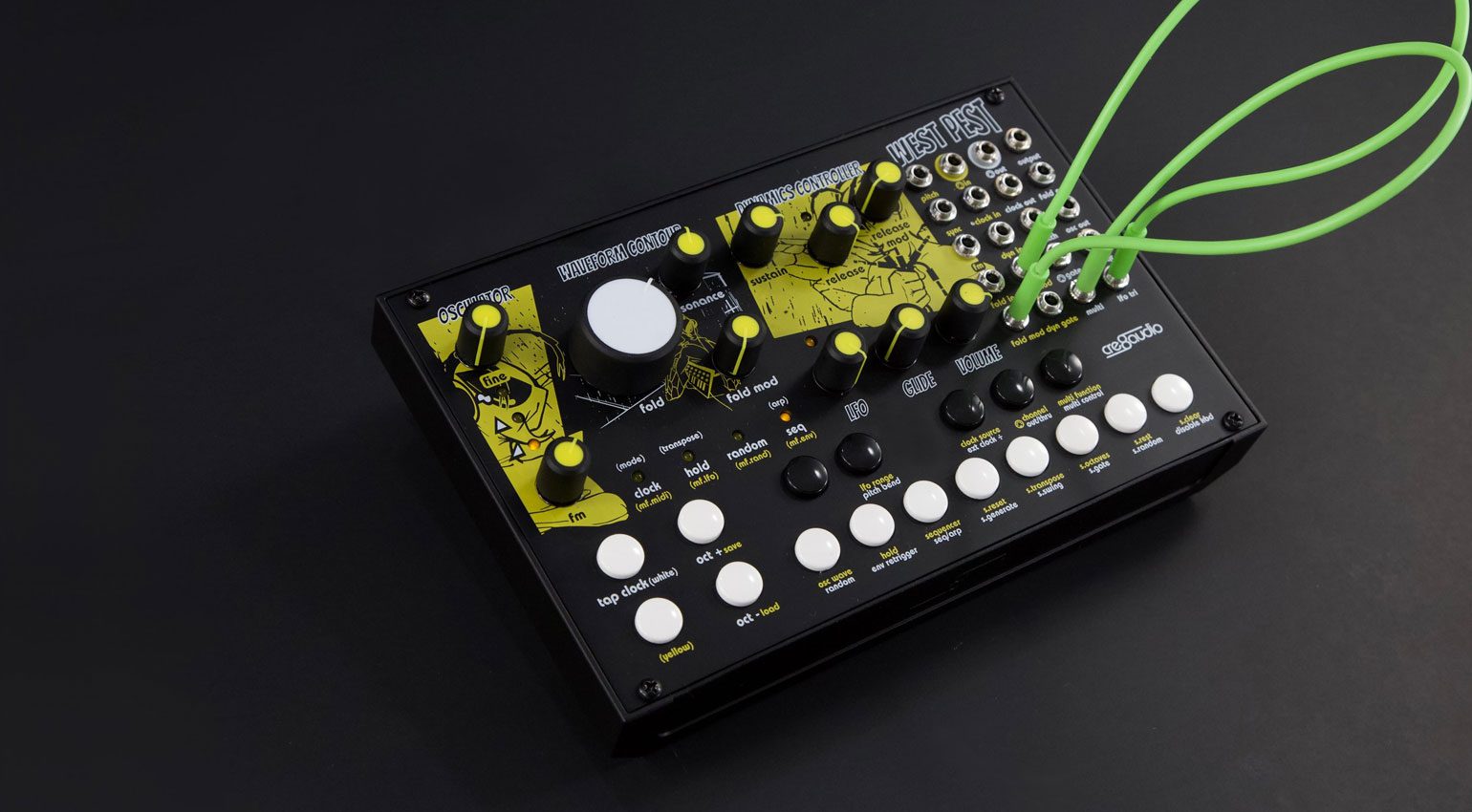
Want to see it in action? Check out my video review here:
You are currently viewing a placeholder content from YouTube. To access the actual content, click the button below. Please note that doing so will share data with third-party providers.
You are currently viewing a placeholder content from YouTube. To access the actual content, click the button below. Please note that doing so will share data with third-party providers.
One response to “Review: Cre8audio West Pest semimodular analogue West-Coast monosynth”
 4,8 / 5,0 |
4,8 / 5,0 | 


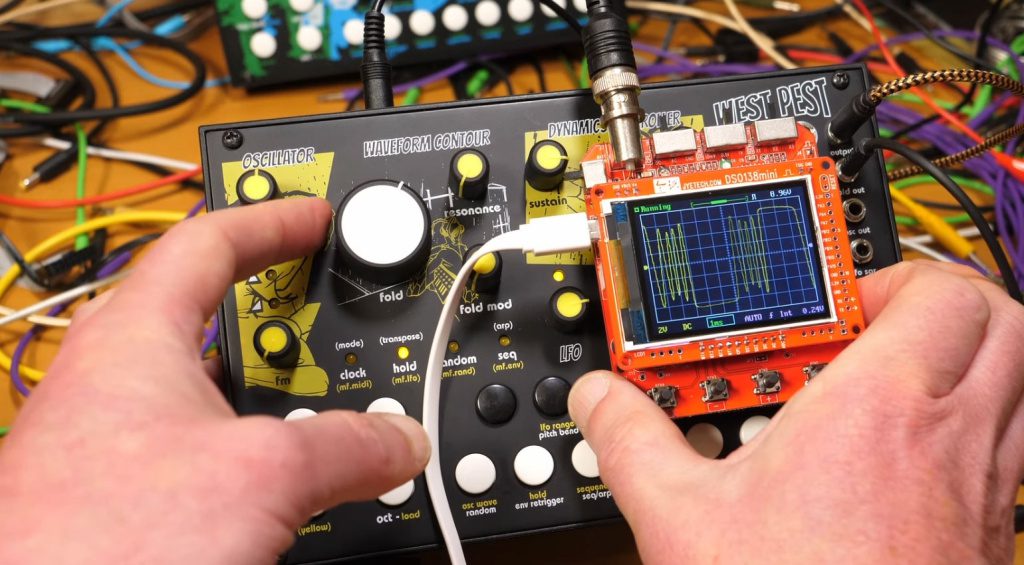
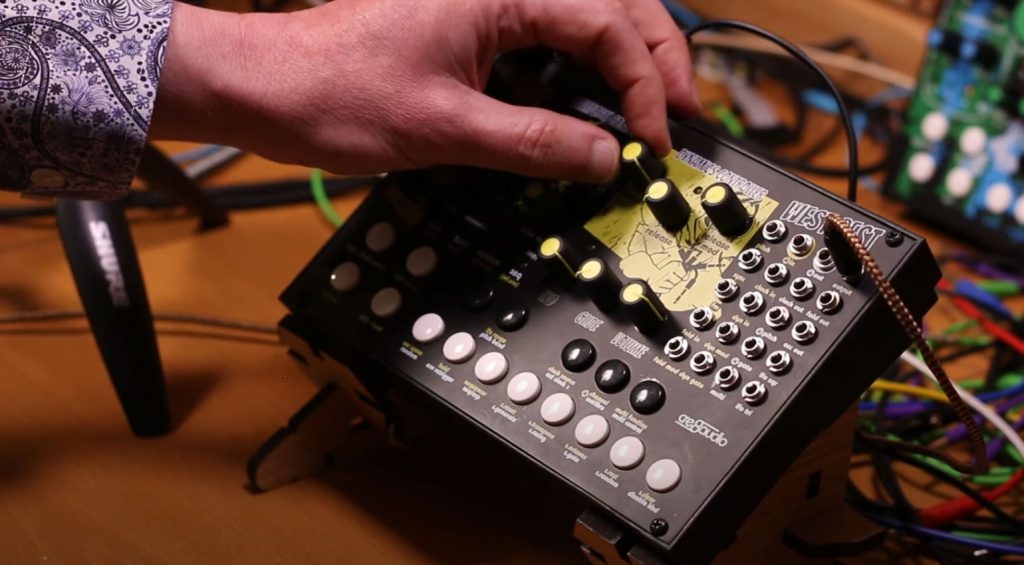
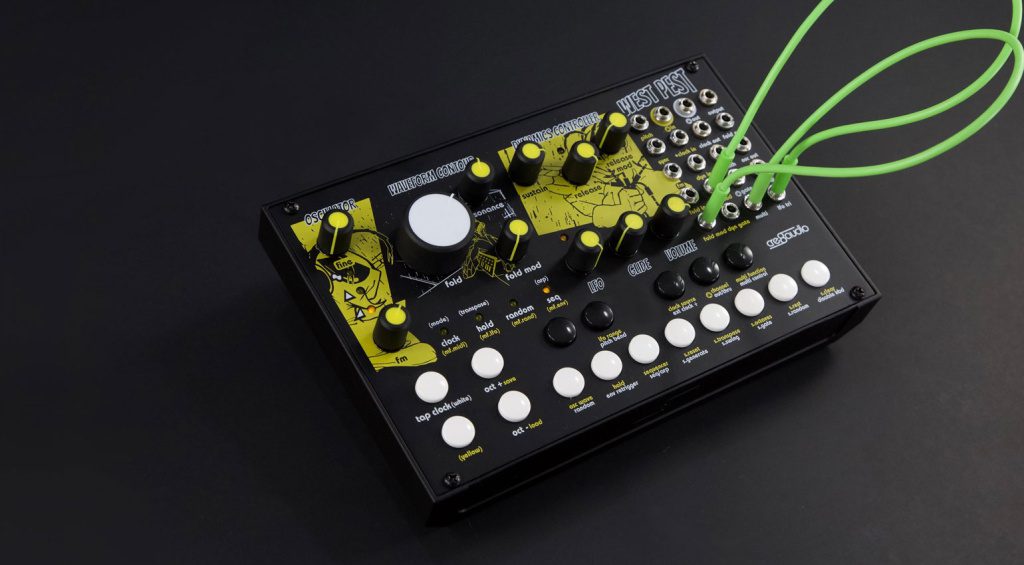



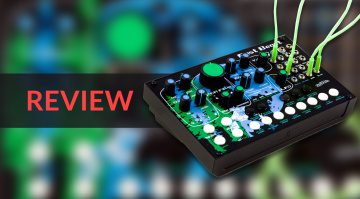
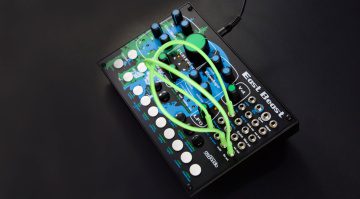
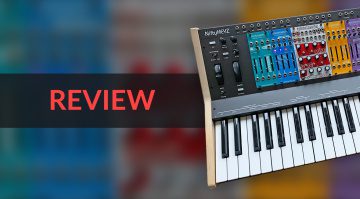


you did such a brilliant job of really talking about the west pest. (I bought a west pest in December it is still in the box )however, now I want to take it out of the box immediately. it was beyond a pleasure to read your expertise driven piece. it now seems more intuitive to me. I primarily play experimental/improvisational Guitar. synths,modular, and unique and interesting guitar pedals are my thing. thanks much,mitch baron